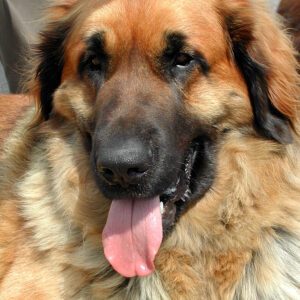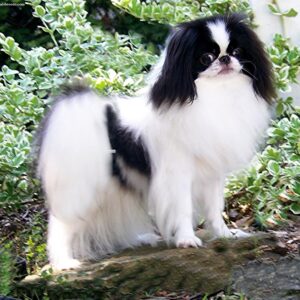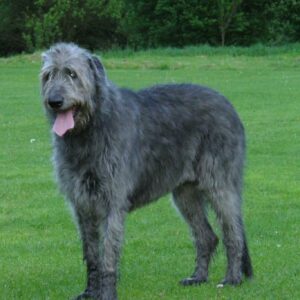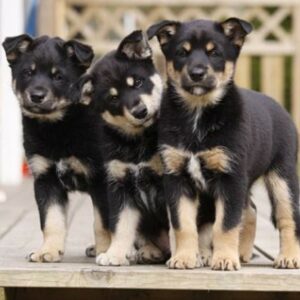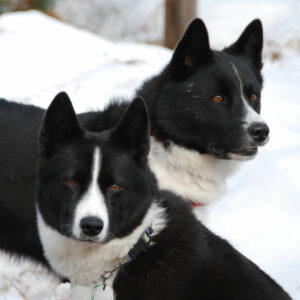Welcome to the world of American Pit Bull Terriers! If you’re thinking of adopting or already have one of these amazing dogs, you’re in for a treat. These dogs have been the subject of much controversy and misunderstanding over the years, but we’re here to set the record straight. Here, we’ll take a deep dive into the history, characteristics, and care of the American Pit Bull Terrier.
History
The American Pit Bull Terrier’s history is steeped in controversy. The breed originally began in the United Kingdom, where it was bred for bull-baiting and ratting. These sports were incredibly popular in the 19th century, and the Pit Bull Terrier was the perfect dog for the job. They were muscular, tenacious, and fearless, making them ideal for taking down bulls and other large prey.
Unfortunately, once these sports were banned in the UK, Pit Bulls were then used for dogfighting. This led to the breed’s reputation being irreparably damaged. In recent years, however, there has been a resurgence of interest in the breed and its positive qualities. Now, the American Pit Bull Terrier is becoming increasingly popular as a family pet and companion animal.
It’s important to note that the American Pit Bull Terrier is a different breed from the Staffordshire Bull Terrier, which is commonly known as the “Staffie”. While these two breeds look similar and share some ancestors, they have distinct differences in temperament and physical appearance.
Now that we know a bit about the history of the American Pit Bull Terrier, let’s take a closer look at where they come from.

Location of Origins
The American Pit Bull Terrier’s origins can be traced back to the United Kingdom, where the breed was developed for bull-baiting and ratting. However, it was in the United States where the breed really took off.
In the late 1800s, Pit Bulls were brought to the US to work as farm dogs, guard dogs, and eventually, as companions. They were popular with everyone from farmers to city dwellers, and were known for their loyalty and affectionate nature.
As the breed’s popularity grew, they became more and more valuable. Unfortunately, this led to some breeders cutting corners and breeding dogs with questionable lineages. This has resulted in a number of health problems in some American Pit Bull Terriers today.
Despite this, the American Pit Bull Terrier remains a beloved and popular breed in the US and around the world.
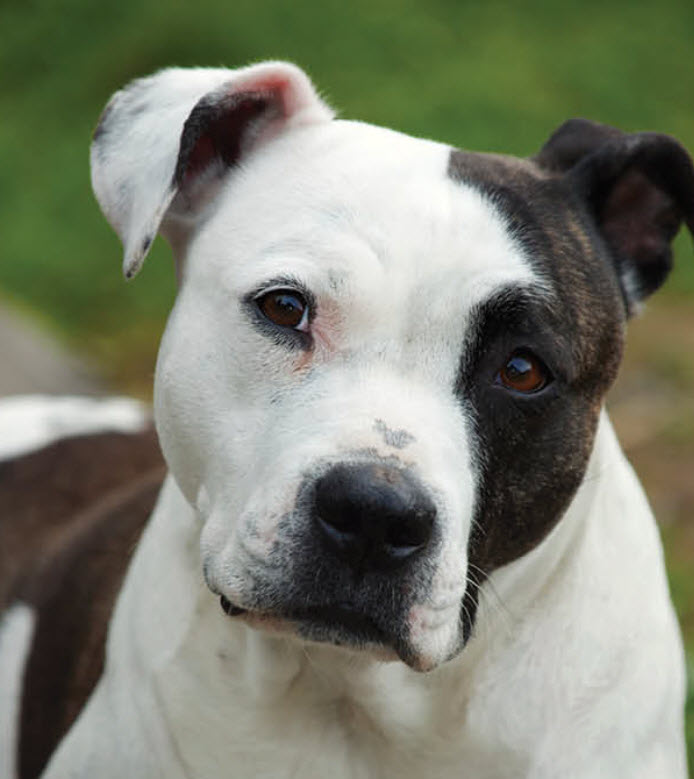
Characteristics
The American Pit Bull Terrier is a muscular, athletic dog with a short coat and a powerful build. They typically weigh between 30-65 pounds and stand 18-22 inches tall. They come in a variety of colors, including black, blue, and brindle.
One thing many people don’t realize about Pit Bulls is that they’re incredibly affectionate and loyal with their families. They’re known for their love of people, and are often called “nanny dogs” because of their natural instinct to protect children.
However, it’s important to note that the American Pit Bull Terrier also has a strong prey drive, which can make them dangerous to small animals like cats and rabbits. Early socialization and training is crucial to help prevent these instincts from becoming a problem.
The American Pit Bull Terrier is also incredibly intelligent and eager to please. This makes them highly trainable, but also means that they need regular mental stimulation and exercise to keep them happy and healthy.
All in all, the American Pit Bull Terrier is a loyal, loving, and athletic breed that is well-suited to active families who are committed to training and socializing their dog.

Choosing the Best Foods
When it comes to choosing the best food for your American Pit Bull Terrier, there are a few things to keep in mind.
First and foremost, you’ll want to choose a high-quality dog food that is made with real meat as the first ingredient. This will help ensure that your dog is getting the protein and nutrients they need to stay healthy and strong.
You’ll also want to avoid any dog food that contains artificial colors, flavors, or preservatives. These ingredients can be harmful to your dog’s health and can even cause allergies and digestive problems.
If your dog has any specific dietary needs or sensitivities, it’s important to consult with your veterinarian to find a food that will work for them.
Other things to keep in mind when choosing a food include your dog’s age, activity level, and overall health. You may need to switch to a different food as your dog ages or if they develop any health problems.
Ultimately, the best food for your American Pit Bull Terrier will be one that meets their nutritional needs and is made with high-quality, natural ingredients.
/pit-JodyTrappePhotography-moment-GettyImages-127863612-56c9e6af5f9b5879cc49fba9.jpg)
Training
Training your American Pit Bull Terrier is crucial to ensuring that they are well-behaved and obedient. These dogs are intelligent and eager to please, which makes them excellent candidates for training.
When training your Pit Bull, it’s important to use positive reinforcement techniques. This means rewarding good behavior with treats, praise, and affection. Punishing bad behavior can actually make the problem worse, as it can create fear and anxiety in your dog.
Early socialization is also key to preventing any aggressive or fearful behavior from your Pit Bull. This means exposing them to a wide variety of people, animals, and situations from a young age.
Finally, it’s important to be consistent with your training. This means setting clear rules and boundaries for your dog, and enforcing them consistently. If you’re consistent with your training, your Pit Bull will learn what is expected of them and will be well-behaved and obedient.
Taking Care of Your American Pit Bull Terrier
When it comes to taking care of your American Pit Bull Terrier, there are a few things to keep in mind.
First and foremost, your dog will need regular exercise and mental stimulation to stay healthy and happy. This means going for walks or runs, playing fetch or other games, and providing plenty of toys and puzzles for your dog to play with.
Your dog will also need regular grooming to keep their coat healthy and shiny. This includes regular brushing to remove any loose hair or debris, as well as regular bathing and grooming to keep their coat clean and free of tangles.
Regular visits to the veterinarian are also important to ensure that your dog is healthy and up-to-date on their vaccinations. Your vet can also provide advice on preventative care, such as flea and tick prevention and heartworm treatment.
Finally, it’s important to spend time bonding with your dog and providing them with plenty of love and affection. The American Pit Bull Terrier is a loyal and loving breed that thrives on human companionship, so be sure to give them plenty of attention and affection.
FAQs
What is the life expectancy of an American Pit Bull Terrier?
The average lifespan of an American Pit Bull Terrier is 12-16 years.
Are American Pit Bull Terriers good with children?
Yes, American Pit Bull Terriers are known for their affectionate nature and make great family pets.
Do American Pit Bull Terriers need a lot of exercise?
Yes, American Pit Bull Terriers are very active dogs and require daily exercise and mental stimulation.
Are American Pit Bull Terriers aggressive?
No, American Pit Bull Terriers are not inherently aggressive, but early socialization and training is crucial to prevent any aggressive behavior.
Do American Pit Bull Terriers require a lot of grooming?
No, American Pit Bull Terriers have a short, easy-to-maintain coat that requires minimal grooming.
Conclusion
The American Pit Bull Terrier is a loyal, loving, and athletic breed that makes an excellent companion for active families who are committed to training and socializing their dog. Despite their controversial past, these dogs are becoming increasingly popular as family pets and companion animals. With proper care, training, and socialization, the American Pit Bull Terrier can be a wonderful addition to any home.

